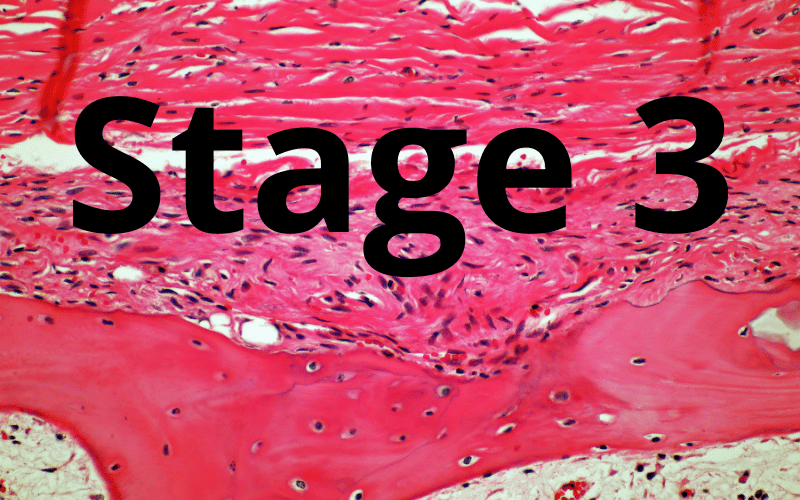Stage 3 (T3, N0, M0 or T1-3, N1, M0): ACC Shows Its Teeth

Stage 3 ACC heralds a marked transition. No longer just a sizeable lump, the tumor now takes on an invasive nature. Its dimensions can now exceed 4 cm, making its presence more palpable. But it’s not just about size; it’s also about movement. The tumor might no longer be content staying put and may infiltrate nearby tissues. The stealth mode of the initial stages is now replaced with a more blatant assertion. It’s comparable to a local disturbance evolving into a regional concern.
What adds a layer of complexity to this stage is the tumor’s potential spread to nearby lymph nodes. These nodes, an integral part of our lymphatic system, act as filters for harmful substances. However, in the context of ACC, they might become inadvertent hosts to migrating cancer cells. A single lymph node affected introduces not just a local, but a systemic concern. The cancer is no longer a secluded problem; it’s trying to network.
Given the aggressive nature of Stage 3 ACC, treatments need to be more comprehensive. Surgery remains the primary course of action, but it’s not about just removing the tumor anymore. Now, affected lymph nodes might also need extraction. Radiation therapy gets more targeted, focusing not just on the tumor site but potentially also on affected nodes. Furthermore, there’s a stronger possibility that chemotherapy makes its entrance here, acting as a systemic treatment to curb any wandering cancer cells.
With pronounced symptoms and a more invasive treatment regimen, patients often find Stage 3 to be both physically and emotionally challenging. There might be greater discomfort, more noticeable pain, and potentially some side effects from treatments. Regular consultations with healthcare professionals become crucial, as does the support from loved ones. Coping strategies, ranging from physical exercises to mental wellness practices, can help in navigating this tumultuous phase.
The third stage of ACC is undeniably formidable. It’s a wake-up call, signifying that the cancer isn’t playing by the rules anymore. The tumor’s spread to adjacent structures and potentially the lymph nodes signifies a ramping up of its aggressive intent. Yet, while the challenges are undeniable, so are the advances in medical science. With a multifaceted treatment approach, many patients face Stage 3 with resilience, determination, and hope for recovery. (3)